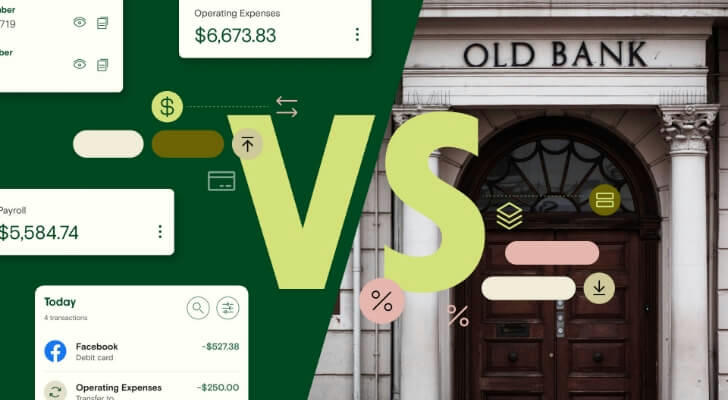Digital Banks vs. Traditional Banks: Where Should Your Savings Live?
As digital banking rapidly reshapes personal finance, more individuals are reconsidering where to store their money. Should you rely on the trusted presence of traditional brick-and-mortar institutions or embrace the flexibility and innovation of digital banks? This guide compares both options in depth to help you make the most informed decision.
🔍 What Are the Differences?
Traditional Banks
These are financial institutions with physical branches, in-person staff, and established reputations. They provide a full suite of financial products, such as checking accounts, savings, mortgages, and business loans.
Digital Banks
Also known as online-only banks or neobanks, these operate entirely online. With no physical branches, they focus on streamlined digital experiences through apps and websites. Their lean structure often allows for higher interest rates and lower fees.

💰 Interest Rates and Fees
Digital Banks commonly offer high-yield savings accounts, with interest rates ranging between 4–5% APY.
Traditional Banks usually provide lower rates, often between 0.01% and 0.50% APY.
Fee Structures: Many digital banks eliminate monthly maintenance fees, overdraft fees, or minimum balance requirements. Traditional banks may charge $10–$25/month if you don’t meet specific conditions.
📱 Convenience and Accessibility
Digital Banks provide 24/7 access, real-time transaction alerts, and modern features like mobile check deposit and integrated budgeting tools.
Traditional Banks offer face-to-face support, cash services, and personalized assistance for complex matters.
Over 65% of customers globally now use mobile banking apps, indicating a shift toward digital-first finance.
🔐 Security and Trust
Both digital and traditional banks are typically insured by government institutions up to a set limit (e.g., $250,000 per account).
Digital banks rely on strong encryption, biometric login, and two-factor authentication to protect user data.
Traditional banks may offer added peace of mind through direct human interaction in case of fraud or disputes.
📞 Customer Experience
Traditional Banks: Known for long-standing relationships, personalized loan assistance, and the ability to speak directly to a banker.
Digital Banks: Prioritize speed and user experience with live chats, automated systems, and quick-response email support. However, some users find the lack of in-person help to be a drawback in urgent cases.

📊 Real-Life Scenario: Choosing the Right Fit
Case Example: Sarah, a freelance designer, splits her finances between a digital bank (for daily use and savings) and a traditional bank (for access to cashier's checks and safe deposit box services). This hybrid strategy gives her high interest yields while maintaining flexibility for traditional banking needs.
✅ Pros and Cons at a Glance
| Feature | Digital Banks | Traditional Banks |
|---|---|---|
| Interest Rates | Higher (up to 5% APY) | Lower (0.01–0.5% APY) |
| Monthly Fees | Often no fees | May have maintenance fees |
| Customer Support | Virtual (chat, email, help desk) | In-person assistance available |
| Technology | Modern, app-based | Varies, sometimes outdated |
| Cash Access | Limited | Wide ATM and teller access |
| Security | Strong encryption, FDIC insured | FDIC insured, physical assurance |
🧠 Which One Should You Choose?
Choose Digital Banks if:
You want higher interest returns on savings.
You prefer minimal fees and 24/7 account access.
You’re comfortable managing finances via apps.
Choose Traditional Banks if:
You value personal interaction and physical services.
You need access to safe deposit boxes, certified checks, or notary services.
You’re applying for complex financial products that require consultation.
💡 Pro Tip: Consider a Hybrid Approach
Many people benefit from using both types of institutions. Keep a digital bank for high-yield savings and everyday spending, and use a traditional bank for long-term loans or in-person needs. This way, you can enjoy both modern features and the stability of physical support.

📘 Additional Tools to Explore
Bank comparison calculators
Online financial literacy portals
Budgeting apps with integrated bank sync features
Consumer banking guides published by regulatory institutions
🏁 Final Thoughts
The decision between digital and traditional banks ultimately depends on your lifestyle, preferences, and financial goals. Whether you prioritize high interest, human interaction, or digital convenience, understanding the benefits and limitations of both can help you create a banking strategy that truly works for you.
